
|
A Message from the Director, Prof. Jian-Ping Wang
Welcome, everyone to the C-SPIN Quarterly Newsletter. Special thanks to STARnet program directors, SAB members, and C-SPIN industry associates for their efforts at the 3rd Annual Review to provide feedback on what C-SPIN has done and how C-SPIN can improve. Thanks also to all C-SPIN PIs, students, and postdoctoral fellows for their efforts at the Review.
My attendance at SONIC and LEAST’s Annual Reviews was very fruitful. I would like to thank Prof. Naresh Shanbhag and his colleagues at SONIC and Prof. Alan Seabaugh and his colleagues from LEAST for hosting me. SONIC has done a great job pushing brain-inspired and Shannon-inspired computing schemes further, and LEAST center has generated a lot of exciting new devices. We did see many good collaboration opportunities between C-SPIN and these two centers. More discussion is underway, so stay tuned. Read More.
2015 Annual Review
A lot of rain and valuable information: that pretty much summarizes C-SPIN’s third Annual review.
Organizers planned for a pleasant 48 hours of Minnesota autumn, but most participants got wet on one of many trips to the University’s newly renovated Northrup Auditorium.
The general presentations were excellent (as usual), helping PIs, students, and industry representatives celebrate research from the past year and understand where C-SPIN is heading over the next 12 months. There were a record number of posters, and the industry session was (again, as usual) a great way for C-SPIN students and post-docs to expand career horizons. Formal and informal breakout sessions also strengthened the research teams that have formed since the Center began in 2013. Read More.
Q&A with Supriyo Datta
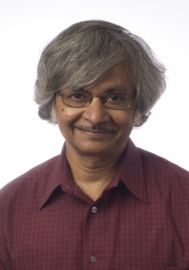 From the Director: Long before C-SPIN began, Supriyo Datta was thinking about spintronic computing. In fact, it’s safe to say that the field of spintronic computing – and thus C-SPIN itself – would not be as advanced as it is without Datta’s pioneering work. It helps, of course, that he is a great teacher as well as a great researcher – his students fill the ranks of universities and tech companies around the globe, pushing the edges of computing in every way imaginable. We were glad when he agreed to the following Q&A with Michael Lotti.
From the Director: Long before C-SPIN began, Supriyo Datta was thinking about spintronic computing. In fact, it’s safe to say that the field of spintronic computing – and thus C-SPIN itself – would not be as advanced as it is without Datta’s pioneering work. It helps, of course, that he is a great teacher as well as a great researcher – his students fill the ranks of universities and tech companies around the globe, pushing the edges of computing in every way imaginable. We were glad when he agreed to the following Q&A with Michael Lotti.
Q: Briefly summarize your role in C-SPIN.
A: My group likes to think of itself as bridging the gap between basic physics and circuits. More specifically, we have established what we call the modular approach to spintronics: we translate experimental results in basic materials and phenomena (Themes 1-2) into "circuit elements” which can then be assembled to simulate new device concepts and circuits (Themes 4-5) using standard circuit simulation software like SPICE. These circuits, however, are very different from those we learn about in freshman physics. In addition to the usual charge voltages and currents, they feature spin voltages and currents as well, allowing them to capture the subtle physics of spin transport. Read More.
C-SPIN Welcomes New PIs
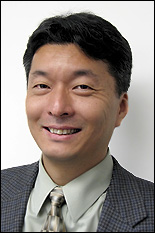 Ichiro Takeuchi, Pro. of Materials Science and Engineering at the University of Maryland, will be engineering Heusler alloys and other thin film materials along with some mutiferroic heterostructures for Theme 1. He has extensive experience studying Heusler alloys and developing novel electronic devices. Over the past decade, Professor Takeuchi has collaborated with Chris Palmstrøm (UC Santa Barbara) and fellow new PI Ramamoorthy Ramesh (UC Berkeley) on a number of projects. Ichiro Takeuchi, Pro. of Materials Science and Engineering at the University of Maryland, will be engineering Heusler alloys and other thin film materials along with some mutiferroic heterostructures for Theme 1. He has extensive experience studying Heusler alloys and developing novel electronic devices. Over the past decade, Professor Takeuchi has collaborated with Chris Palmstrøm (UC Santa Barbara) and fellow new PI Ramamoorthy Ramesh (UC Berkeley) on a number of projects.
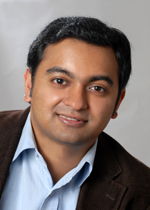
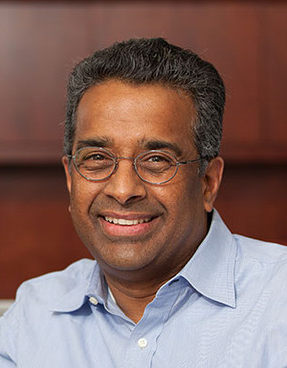
Ramamoorthy Ramesh, Prof. of Physics and Materials Science and Engineering at the University of California, Berkeley, will primarily work on investigating and growing voltage-controlled perpendicular Heusler alloy/multiferroic structures (for Theme 1) and antiferromagnetic/multiferroic structures for memory applications (for Theme 4). Read More.
What Happened to Theme 3?
Nothing, actually. With the departure of Bill Butler (to retirement) and Oleg Myrasov (to industry), Theme 3 was down to just three PIs. From an administrative and scientific viewpoint, it made sense to fold Theme 3's tasks under Theme 2 and the capable leadership of Roland Kawakami and Paul Crowell. This will probably make Theme 2 meetings a bit longer, but it will save time and paperwork for all involved. Appropriately, Theme 2 is now named "Spin Channel Materials & Interface Engineering."
Post-Doc and Student Profiles
Anthony McFadden, Ph.D. Candidate, University of California Santa Barbara
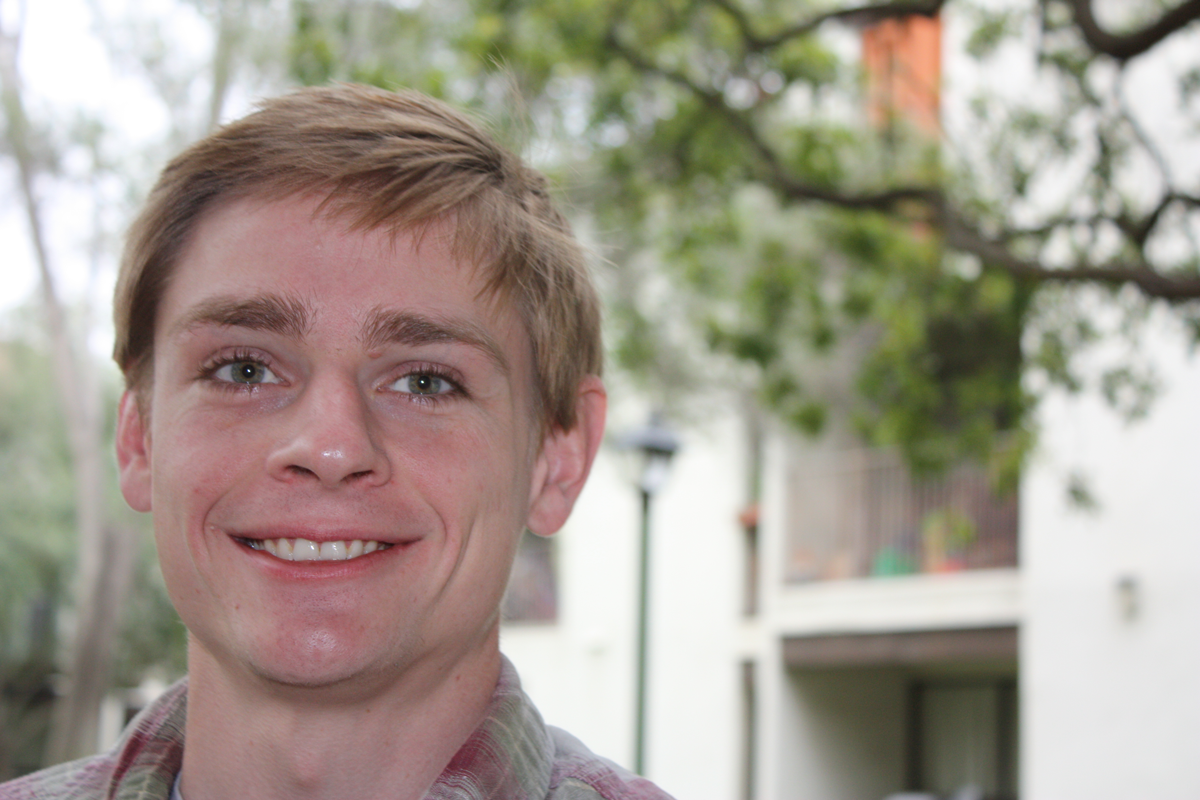 I'm currently focusing on heteroepitaxy of Heusler compounds using MBE and basic electrical measurements of tunnel junction stacks and heterostructures. Since MBE offers some control over interface formation, it’s an excellent way to study spin-transport through interfaces and interface magnetic anisotropy. These efforts mostly fall under Theme 1 and Theme 2. Read More. I'm currently focusing on heteroepitaxy of Heusler compounds using MBE and basic electrical measurements of tunnel junction stacks and heterostructures. Since MBE offers some control over interface formation, it’s an excellent way to study spin-transport through interfaces and interface magnetic anisotropy. These efforts mostly fall under Theme 1 and Theme 2. Read More.
Sam Oberdick, Ph.D. Candidate at Carnegie Mellon University
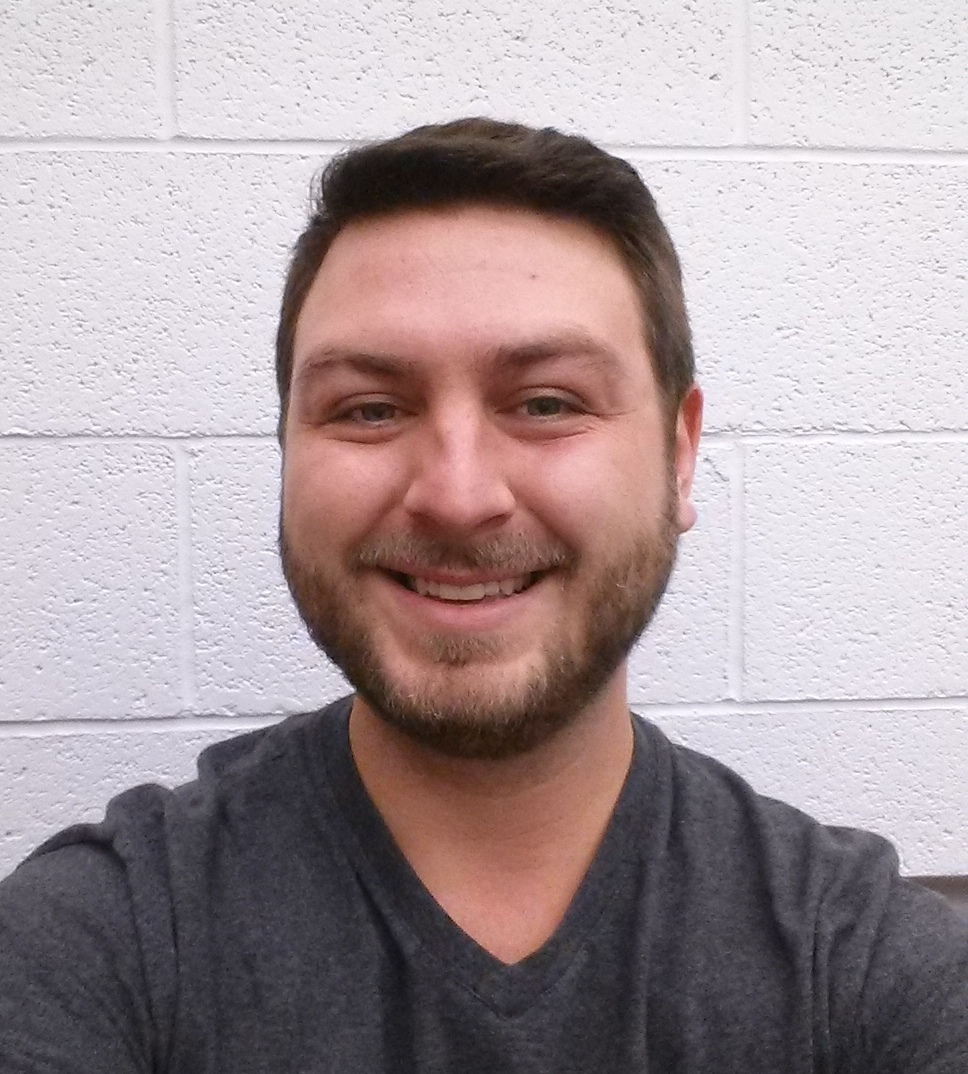
I am currently working on ways to use self-assembled arrays of nanoparticles as nanomasks for pattern transfer into functional magnetic materials. The goal of this Theme 1 project is to use 10 nm sized, monodisperse nanoparticles to generate patterned arrays out of perpendicular magnetic materials.
I have also studied different routes for nanoparticle self-assembly, including templates and electric fields. Read More.
To unsubscribe, respond to this email with the word "unsubscribe" in the subject of the email.
University of Minnesota's mass email privacy statement |